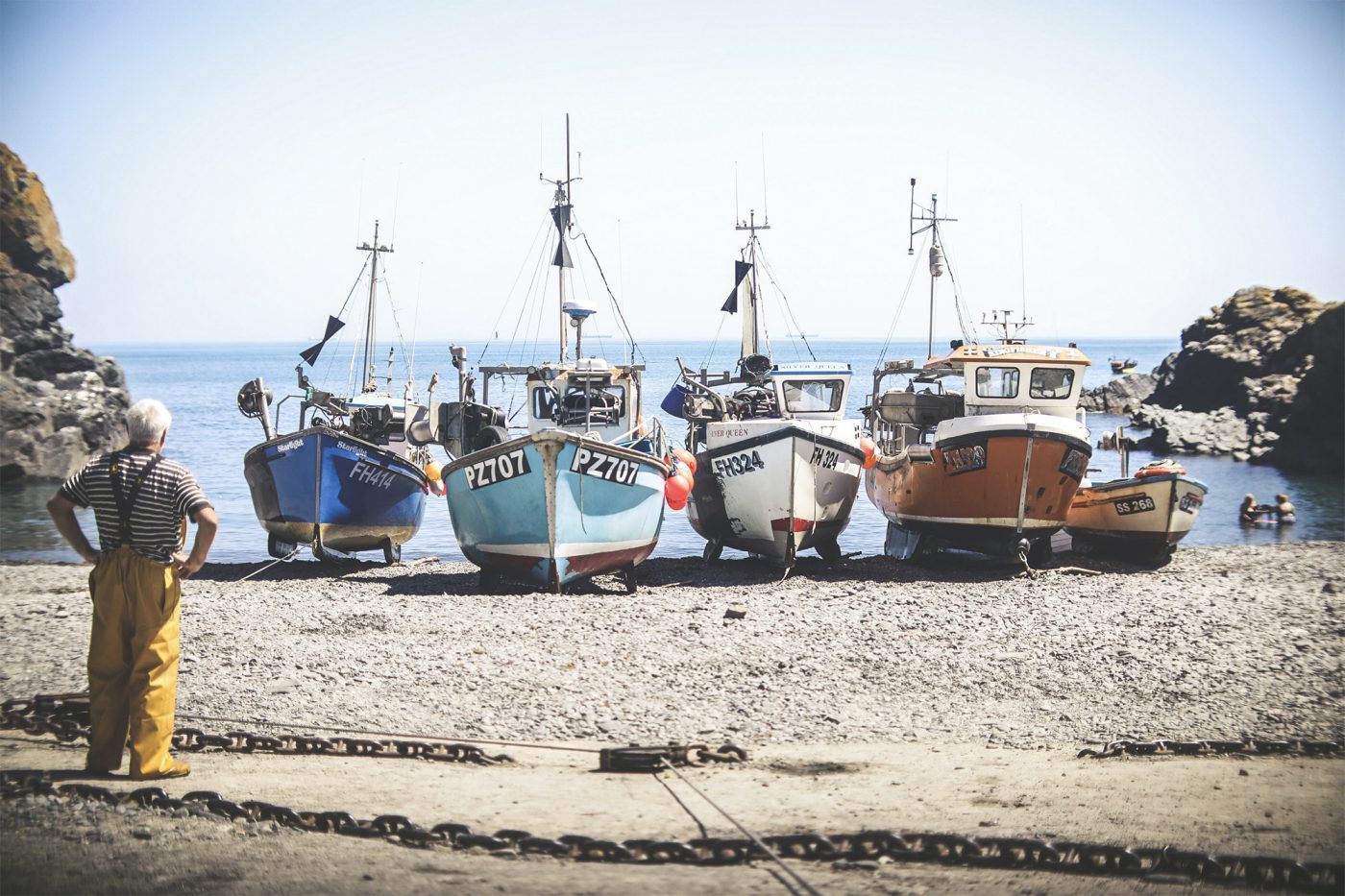18 December 2013
Council Outcomes on Quota Allocations for 2014 Reflect Stock Recovery But More Needs to Be Done At Regional Level to Deal with Mixed Fisheries says NFFO
The National Federation of Fishermen’s Organisations has said despite generally improving fish stocks in European waters quota decisions by the Council of Ministers do not take sufficient account of mixed fisheries.
The decisions were made at the annual December Council meeting in Brussels, where representatives of the UK fishing industry reflecting the diversity of UK fisheries worked closely with the fisheries minister throughout negotiations.
Quota cuts for main whitefish fisheries in the Celtic sea including cod, whiting and haddock have been significant. However the efforts of UK delegation working with the French and Irish managed to reduce the cut of haddock quota from 75% to 33%. The decrease in Haddock nevertheless will hurt badly especially as this, which is not a species at risk, and the current abundance reflects a previous spike in numbers.
The National Federation of Fishermen’s Organisations chief executive, Barrie Deas, said: “The Council decisions reflect that most stocks are rebuilding steadily. But when it comes to mixed fisheries, the outcomes reflect the very blunt approach to fisheries governance which doesn’t take into account that most of our fisheries are multi-gear, catching a range of species. This can lead to an increase in discards by setting quotas out of alignment with what is caught in the nets.
“The CFP must move beyond these top-down decisions as rapidly as possible. We believe that member states working with the fishing industry at regional seas level would deliver much more rational and effective decisions based on a proper appreciation of the dynamics of these mixed fisheries.
“Our aim for the UK industry is to progress our work towards high yield, stable, fisheries while making sure to take into account the complexities of mixed fisheries. For many years now fishermen have worked closely with scientists to inform where, when and what they fish.”
One of the country’s most sustainable fish, hake saw an increase of almost 50% in its total allowable catch, while in several areas monkfish and plaice also enjoyed significant increases. A decision on quotas of North Sea cod is yet to be decided and negotiations will start in January, while the ongoing debate on mackerel stocks continues.
For more information about the NFFO visit: www.nffo.org.uk

